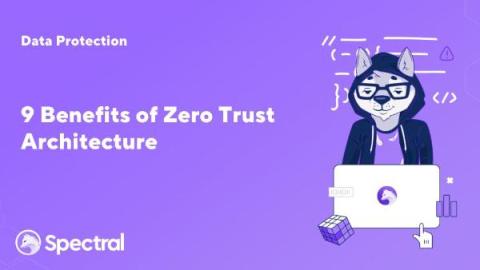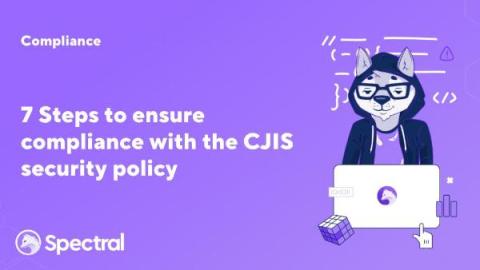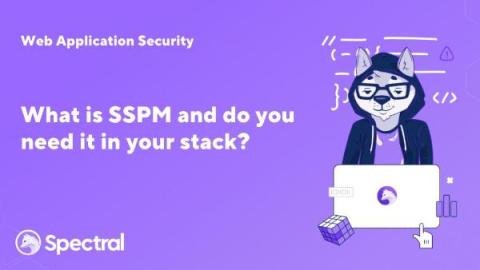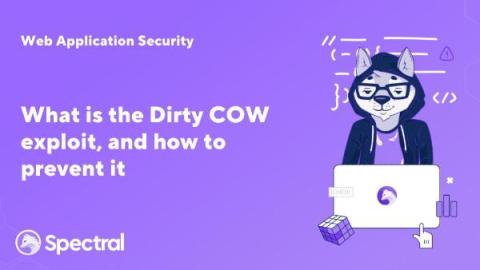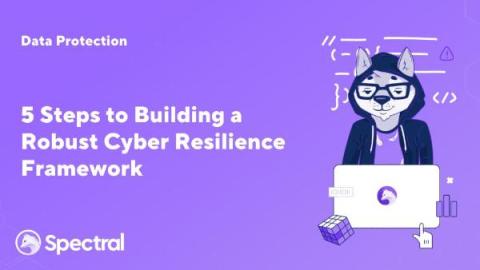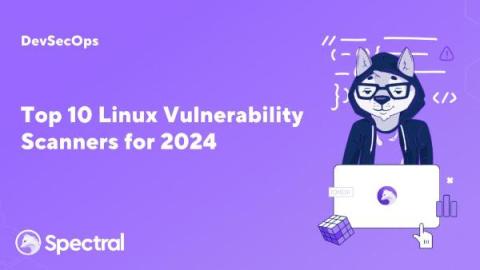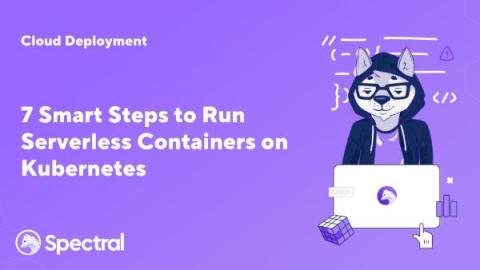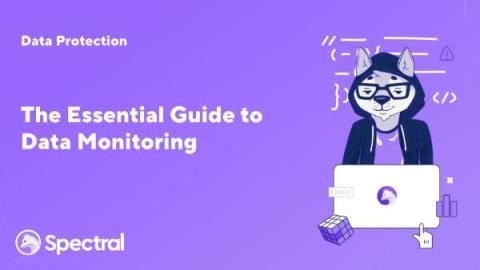How to Use Git Secrets for Better Code Security
You know that sinking feeling after you hit “commit”? That moment when you suddenly wonder, “Wait, did I just accidentally expose an API key or hardcode a password?” We’ve all been there, and the risks are no joke. But here’s the good news—there’s a way to ditch that anxiety for good. In 2023, GitHub’s automated scanning blocked over 12.8 million leaked secrets. Code leaks are every developer’s worst nightmare.



